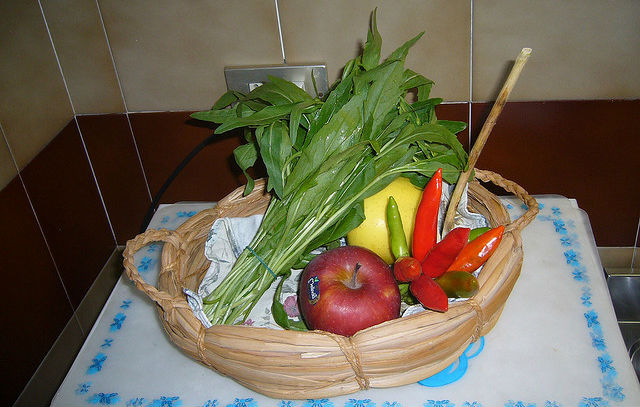Cooking Up a Geospatial Business Model In A Web World
by Brian Timoney
In the aftermath of last week’s post describing how ESRI’s push into the Cloud will have a major impact on how third-party integrators and consultants will make money, there was some interesting back-channel conversation dealing with what exactly are the components of a geospatial business model and what they might look like in a more web-centric universe.
An under-appreciated aspect of the web mapping revolution has been the loss of user-intimacy with particular brands that very much holds sway in the desktop realm. With traditional GIS being a somewhat complicated technology, getting anything done requires a significant investment in learning a particular vendor’s desktop software package to the extent that the switching costs between ESRI, MapInfo, and Autodesk are quite high. On the web, where the ease of user experience trumps all (and Facebook, Angry Birds, et al, are a mere mouse-click away), non-professional users are largely unaware of the brands providing the experience–with the big fat exception of Google, particularly Google Earth.
On the web the goal is fast, intuitive, and accurate: the end user doesn’t care how you make it happen.

Open source geospatial software provides healthy building blocks to profitable business models in the web world
That’s why geospatial open source has shined during the web mapping revolution: the ability to customize the end-user experience as needed using components such as GeoServer, MapServer, PostGIS, OpenLayers, etc. (often in hybrid settings alongside vendor-specific components). A key enabler of the interoperability that fitting these pieces and parts together implies has been OGC open standards such as WMS, KML, etc. As online maps evolve beyond being mere viewers, heavier analytic processing is happening on web servers, often via the OGC Web Processing Services (WPS) protocol.
Never heard of WPS? This year’s FOSS4G conference in Denver will have over 20 sessions addressing the topic in some fashion or another.
And that speaks to the value of open source: a bazaar of established proven technologies, new approaches to longstanding challenges, and edgy stuff that raise as many questions as answers. How do these different components can accomplish your clients’ business needs? That’s where your experience and creativity comes into play. Keeping with the food analogy, what’s on offer at this year’s FOSS4G conference in Denver are a full survey of quality ingredients and a wide variety of tasty dishes that we’re cooked up to solve specific problems. Because open source isn’t created in a vacuum: folks go to the trouble because there’s a problem they want solved (thus minimizing those uncomfortable moments at every vendor conference where some ‘solution’ is being demo’d that bears zero relation to any actual workflow known to the audience). To be sure, like any buffet you’ll run across items that will leave you wondering What was that? But isn’t that the creative process: hits, misses, and stuff so out there you have to track creator down and ask “what were you thinking?”
And they’ll tell you; and give you a link to the source code.
Browse the program and ask yourself if there are enough nuggets there that warrant further investigation. If you need a primer to get up to speed plus a brass-tacks discussion of how folks are making money with open source, check out our day-long introductory event with some of the geospatial industry’s heaviest hitters, which you can attend as a prelude to the main sessions or as a standalone event.
Either way, we’ll see you in Denver in September.
—Brian Timoney